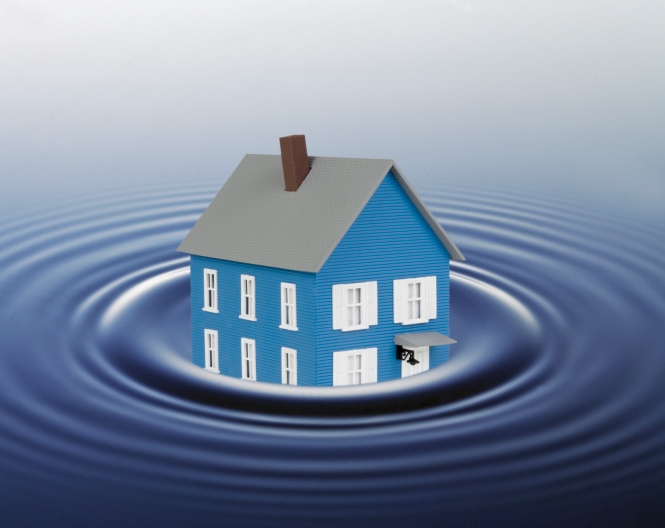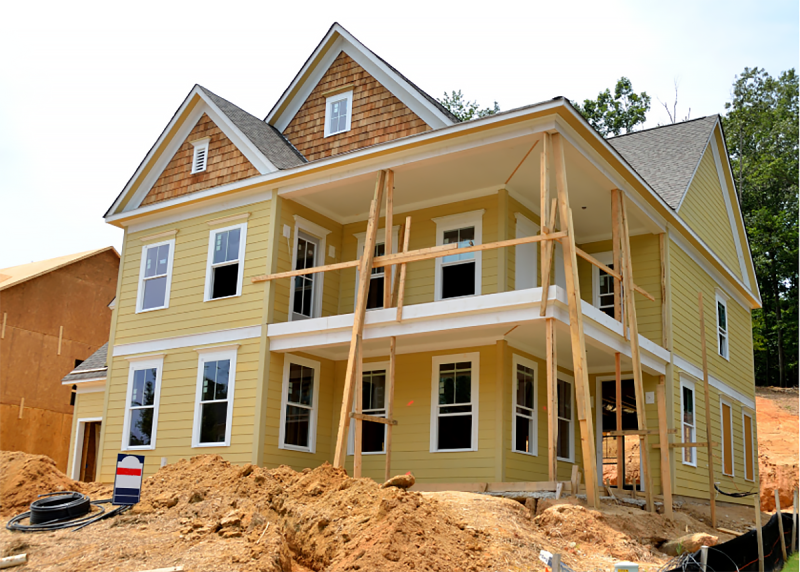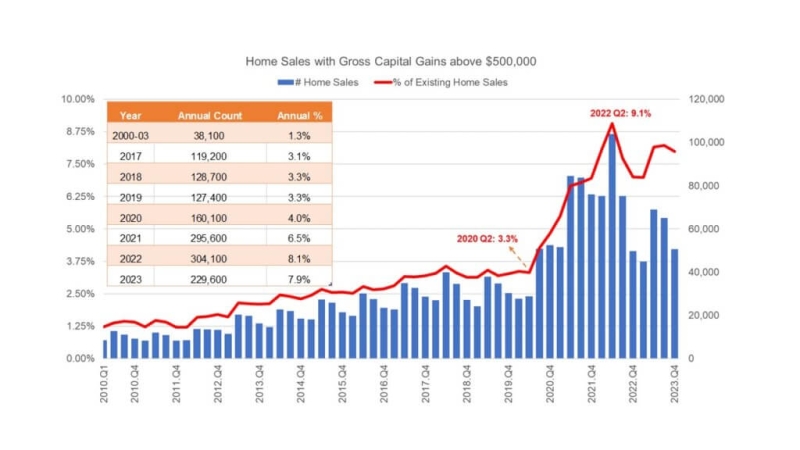Negative Equity and Delinquency Rates Decline

It is a good day for the servicing side of the mortgage industry, as new data affirms decreasing levels of negative equity and loan delinquency.
Approximately 6.7 million residences, or 11.9 percent of all mortgages properties, had negative equity in the second quarter, according to new data released by ATTOM Data Solutions, the new parent company of RealtyTrac. The second quarter’s level marked a 12 percent drop from the first quarter and a 13.3 percent decline from one year ago.
The number of seriously underwater properties—defined as those with a loan-to-value (LTV) ratio of 125 percent or more) declined by 37,235 compared to the first quarter and by 776,958 from the second quarter of 2015. In contrast, there were more than 12 million equity-rich properties—with a LTV of 50 percent or less—that accounted for 22.1 percent of all mortgaged residences in the second quarter, up from 22 percent in the first quarter and 19.6 percent one year earlier.
For the report, ATTOM analyzed recorded mortgage and deed of trust data from more than 1,400 U.S. counties accounting for 88 percent of the U.S. population along with automated valuation models (AVMs) for more than 56 million properties with mortgages in those counties (see full methodology below).
The number of seriously underwater properties (those with an LTV of 125 percent or more) decreased by 37,235 compared to the first quarter and decreased by 776,958 compared to a year ago. Since the peak of 12.8 million in Q2 2012, the number of seriously underwater properties has decreased by more than 6.1 million.
The states with the highest percentage of seriously underwater properties in the second quarter were Nevada (22.2 percent), Illinois (22.1 percent), Ohio (20.9 percent), Indiana (18.6 percent) and Missouri (18.2 percent). Among the nation’s most populated metro areas, the share of seriously underwater homeowners exceeded 15 percent included Chicago (22.5 percent), Detroit (21.3 percent), Kansas City (21.2 percent), Orlando (19.1 percent) and St. Louis and Tampa-St. Petersburg (both at 17.8 percent).
ATTOM Data Solutions also waded into election year politics by determining underwater equity levels based on the political dominance in congressional districts. During the second quarter, 13.1 percent of properties located in a congressional district with a Democrat representative were seriously underwater, while 10.8 percent of residences were seriously underwater in a congressional district with a Republican representative.
“Rising home prices are lifting all home equity boats: bailing out seriously underwater homeowners and enriching homeowners who already have positive equity,” said Daren Blomquist, senior vice president at ATTOM Data. “Nationwide home prices reached a new all-time high in June on the heels of 52 consecutive months of annual increases. While that national trend is consistent in most markets across the country, there are still some local markets and sub-markets that have been largely left behind by the housing recovery and which still have a high percentage of underwater homeowners.”
Separately, the Mortgage Bankers Association’s (MBA) latest National Delinquency Survey reported that the delinquency rate for home loans on one-to-four-unit residential properties were down decreased 11 basis points (bps) to a seasonally adjusted rate of 4.66 percent of all loans outstanding at the end of the second quarter—the lowest level in 10 years. The second quarter’s delinquency rate was 64 bps below the level set one year earlier.
Furthermore, the percentage of loans where foreclosure actions were started during the second quarter was 0.32 percent, its lowest level in 16 years. And the serious delinquency rate—where loans are 90 days or more past due or in the process of foreclosure—was 3.11 percent in the second quarter, its lowest level since the third quarter of 2007.
“Mortgage performance improved again in the second quarter primarily because of the combination of lower unemployment, strong job growth, and a continued nationwide housing market recovery,” said Marina Walsh, MBA’s vice president of industry analysis. “The mortgage delinquency rate tracks closely with the nation’s improving unemployment rate. In the second quarter of 2016, the mortgage delinquency rate was 4.66 percent, while the unemployment rate was 4.87 percent. By comparison, at its peak in the first quarter of 2010, the delinquency rate was 10.06 percent and the unemployment rate stood at 9.83 percent.”





